British auxiliary gun that destroyed the Spanish battleship
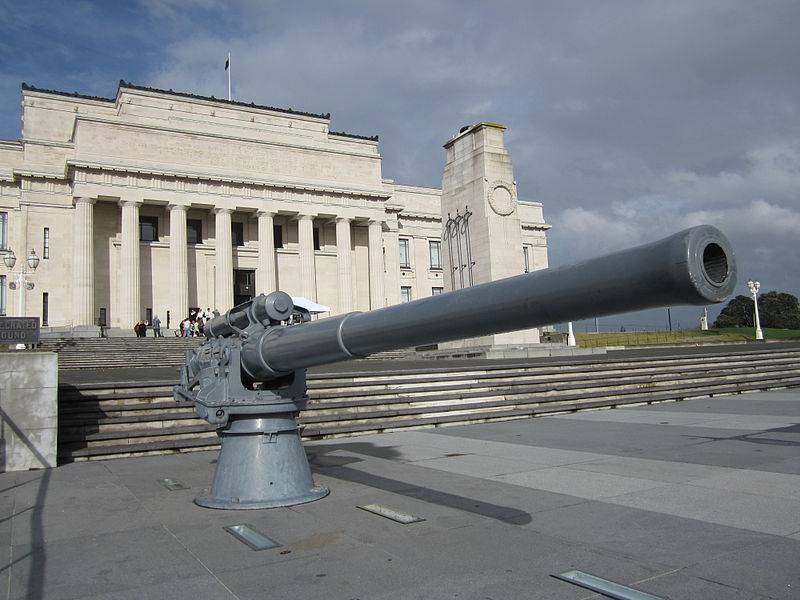
L. Sobolev. Overhaul
Weapon from museums. The second half of the XNUMXth century for the British Navy was marked by a truly revolutionary event: guns loaded from the muzzle were replaced by guns loaded from the breech (BLR or BL - this is exactly what this abbreviation meant). A special type of ship’s guns was also distinguished, characterized by a high rate of fire and capable of firing two or more rounds per minute. Them in british navy They began to designate as QF. Since by the end of the 4th century all the guns began to be charged from the breech, the meaning of the designation changed. Now the letters BL denoted implements with a cap or separate-shell loading, and QF - equipment that had a unitary shot. So, the designation BL 4 inch naval gun Mk VII should be understood as follows: "a naval gun with a 7-inch caliber loading cartridge, model XNUMX".
We specifically mentioned this very weapon of the British Navy, since it was discussed in an article "How battleships explode", recently published on the "VO" and caused quite a heated debate among its readers.
The article referred to the ship’s gun 102-mm Mk VII, which was armed with the Spanish dreadnought "Spain" and, in particular, the battleship "Jaime I" mentioned in it. Readers' interest was aroused in the text and taking place on these guns cartose loading. Like, it’s “not up-to-date”. That there were ammunition, with unitary ammunition. And yes, they were and were used, but an interesting thing happened to this weapon. story, which just today in this material will be discussed.
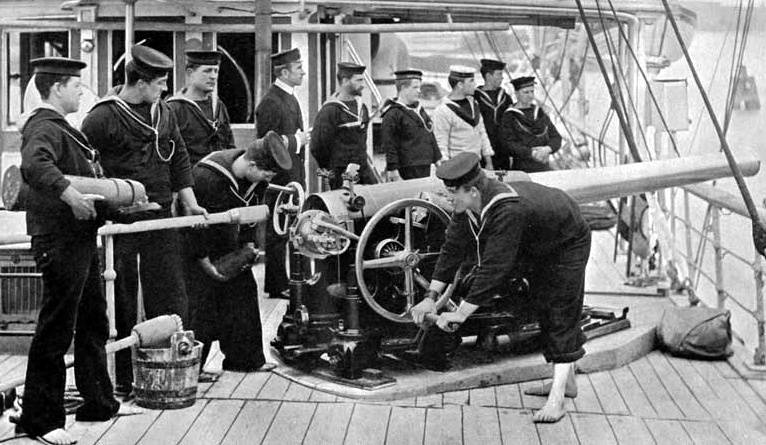
So, let's start with the fact that this weapon was developed as a rapid-fire, anti-mine and anti-torpedo weapon for arming new Bellerophon battleships and as the main weapon for light cruisers. Destroyers became larger, their survivability increased, and the old 75-mm guns could no longer hit them with the same efficiency. Work on the new gun began in 1904, and already in 1908 it was put into service. Moreover, the 102-mm guns in the British fleet by that time were already: QF 4 inch naval gun Mk I - Mk VI. But since in military affairs all types of weapons are aging very quickly, it was decided to replace the old guns with new ones!
Since the main efforts of gunsmiths in those years were aimed at creating heavy guns of caliber 305, 381 and 406 mm, much less attention was paid to small-caliber guns and not the best designers worked on them. Technical solutions were chosen simpler and cheaper. Innovations were not approved. That is why, for example, in the Vickers piston lock the Bunge shutter was used, and the trunks themselves had the simplest “wire” design.
The Vickers piston lock had a traditional design and, when opened, tilted to the right. The obturation was carried out using a canvas-covered pillow stuffed with asbestos (the last model was reinforced with a woven brass wire) with a mushroom-shaped copper front protective disk (“Bunge obturator”), which is held in front of the shutter by a special screw with an axial ventilation hole.
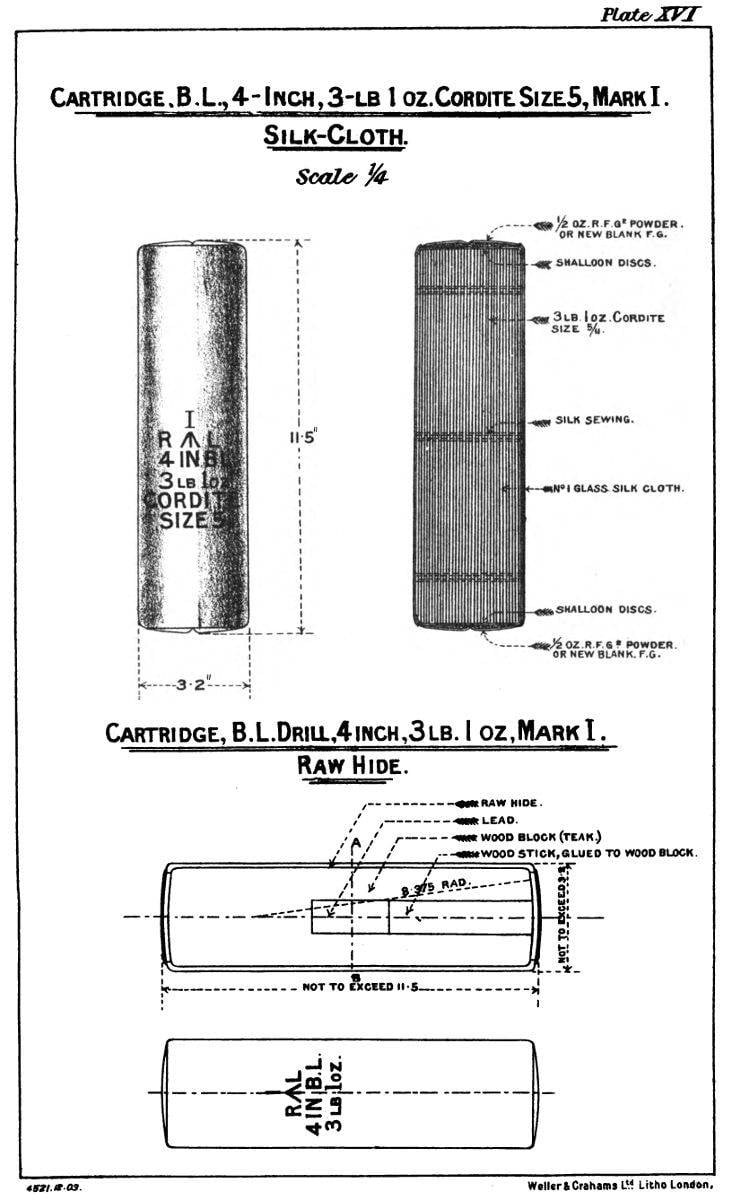
The throwing charge to the gun was of a cap-type type (the fabric shell was usually made of silk or cotton, impregnated with a solution of berthollet salt and coated with nitro-varnish) and had a weight of 2,7 to 4,4 kg. Explosive - cordite (nitroglycerin smokeless powder, well and easily inflammable). So to set fire to such a cap as it was described in the passage from the novel given in the epigraph would not be difficult. High-explosive shells were equipped with liddite (the English version of picric acid) - an extremely powerful but dangerous explosive, and less dangerous TNT. Shrapnel and semi-armor-piercing shells were also used. The usual proportion of projectile loading was as follows: 60% HE shells, 15% tracer HE shells and 25% semi-armor-piercing shells with a ballistic tip.
The barrel had two main pipes: an internal thread (length 2,065 m and an external diameter of 343 mm) threaded and external. The outer one was tightly wrapped with steel wire, which increased the tensile strength of the barrel. At the rear of the pipe, a thread was cut to secure the shutter. Then another pipe was put on the wire-coated pipe with tension, which turned the barrel into a very strong and rigid structure, but at the same time the inner pipe could be removed and replaced with a new one, which, of course, had to be done periodically, since the threaded part was frayed from firing . Such a replacement for worn-out inner pipes in gun trunks was called and is called lining, and the replaceable “pipe” itself was called a liner.
However, such barrels did not stand on all guns of this type, but only on the Mk VII cannons. The Mk VIII guns had no interchangeable liner. When the barrel was worn, it was repaired by boring the inner pipe with the subsequent installation of the liner. Apparently, the designers of the guns wanted to see which type of barrel would be cheaper to operate with all other things being equal. It should also be noted that the designation of the caliber of this gun (102 mm) is also somewhat arbitrary. Actually, it is equal to 101,6 mm, but it is clear that for the sake of convenience it was rounded.
The shot was fired both by means of a shock mechanism and by means of electricity, both of which were interchangeable. Recoil devices were very effective, so the rollback did not exceed 680 mm.
In total, the British Navy operated several models of such an instrument, designated as follows: 4 "/ 50 (102 mm) BL Mark VII, VII ** and VIII ***.
TTX guns were as follows (and not much different on all three models):
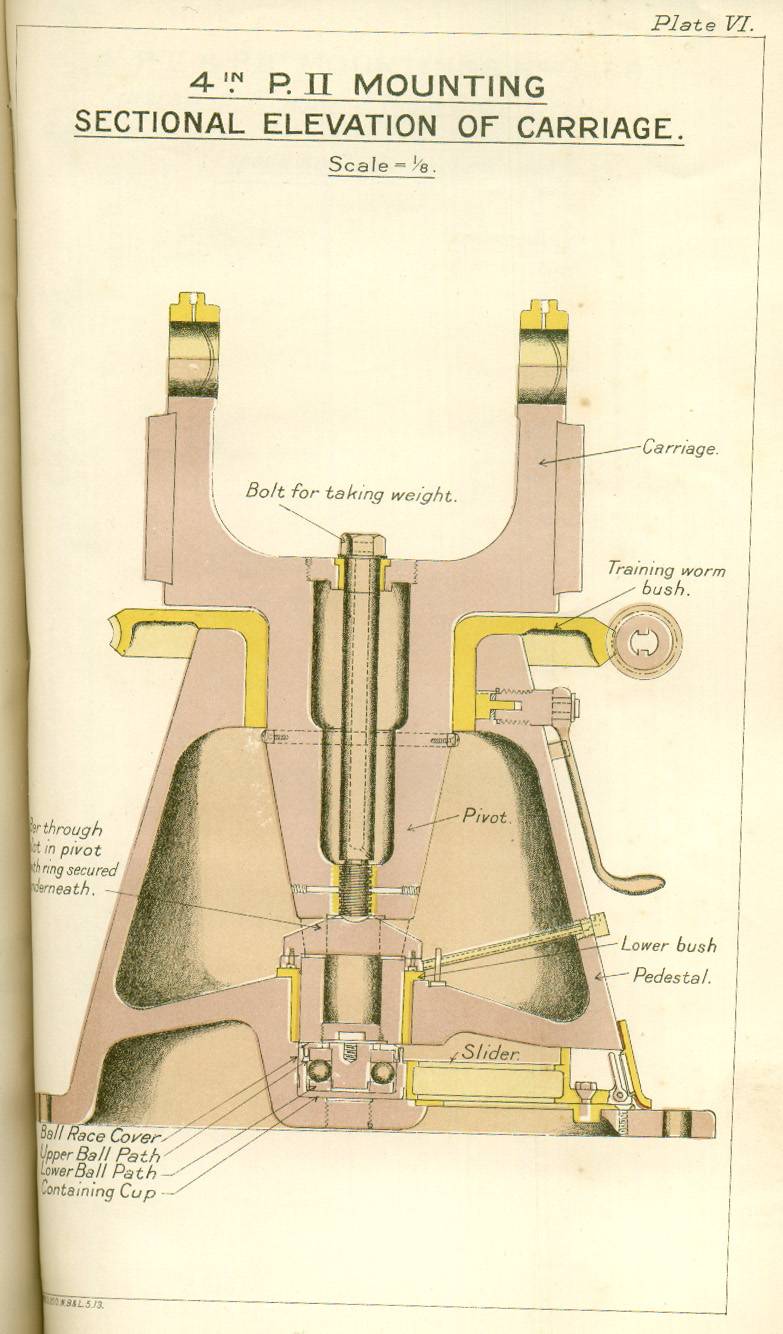
Fire control was carried out using the complex electromechanical device Vickers FTP Fire Control Instruments Mark II, which, when corrective amendments were introduced, made it possible to capture the target and track it in semi-automatic mode. Range data was obtained from the rangefinder.
Interestingly, these guns had a chance to shoot on land. During the First World War, they were mounted on wheeled carriages and used in East Africa. But during the Second World War, it was these guns that were placed on impromptu English 4 ”Mobile Naval Gun. The threat of a German invasion of the British Isles was taken very seriously by the British.
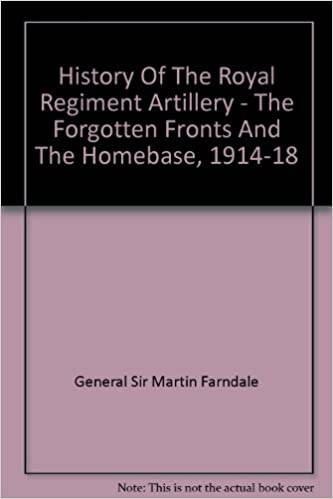
Therefore, among other activities, they also attended to the creation of powerful self-propelled guns based on the Foden DG / 6/10 three-axle artillery tractors with a 6x4 wheel arrangement, in the back of which BL Mark VII guns were mounted. No reservation of weapons was provided. The calculation consisted of 6 people and was transported directly in the back. A total of 49 self-propelled guns were built in this way, which were transferred to the coastal defense unit, where they were to be used for anti-airborne defense. And I must say, they could have performed this function, given the range of their fire and the power of the projectile.
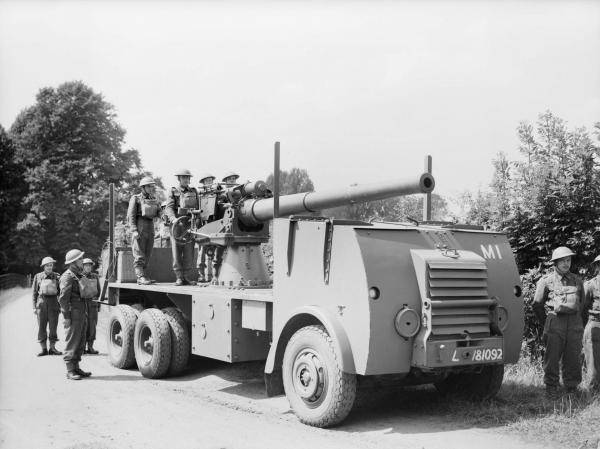
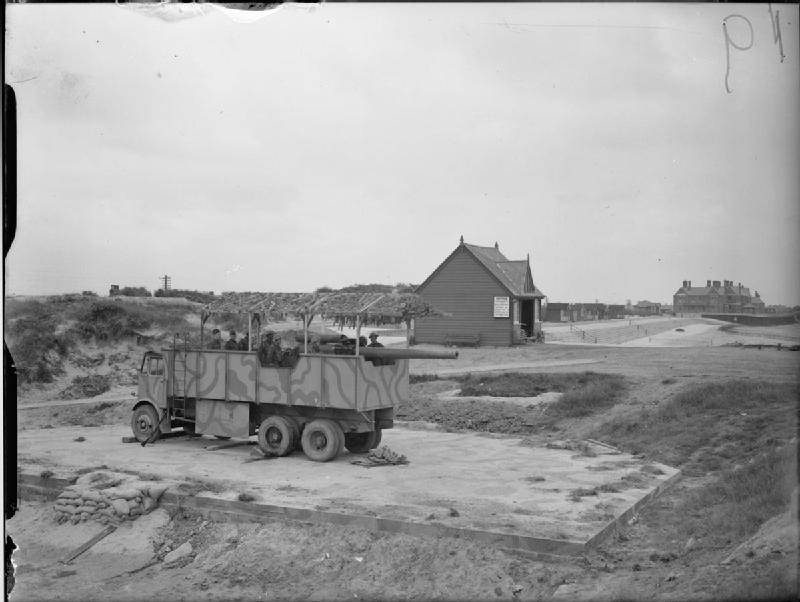
A total of 600 units of this gun were produced, of which 482 remained in service in 1939.
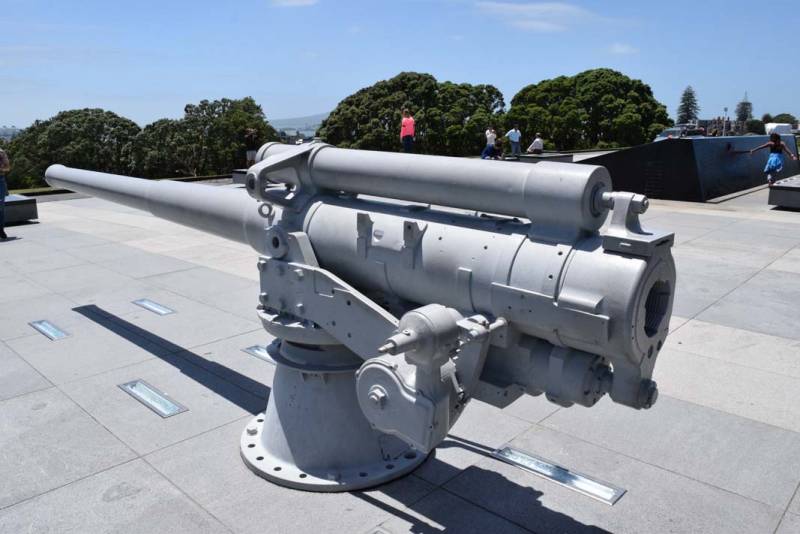
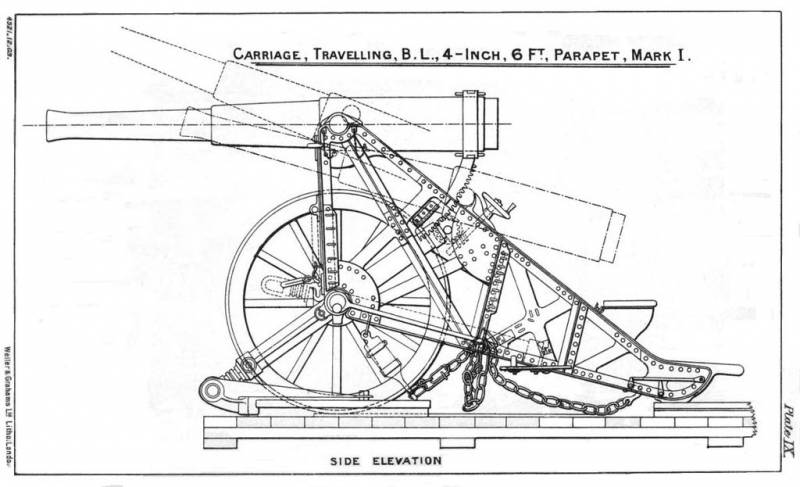
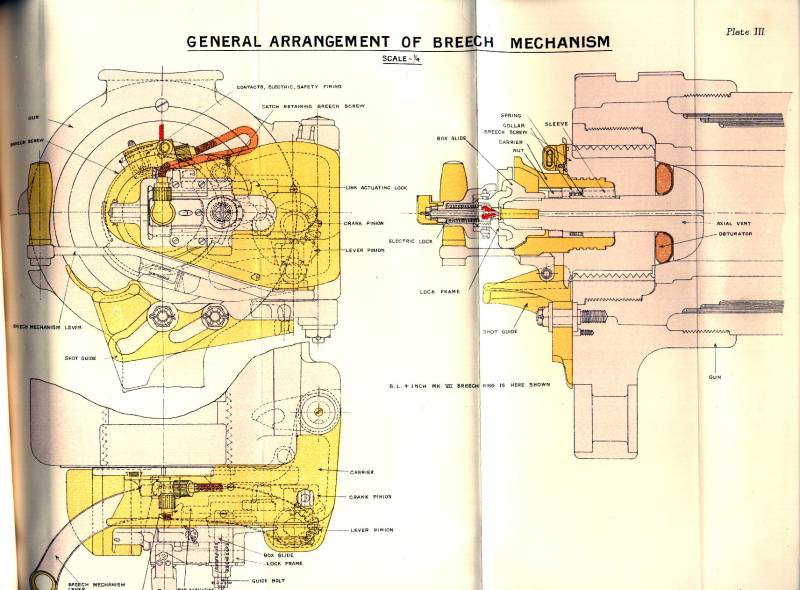
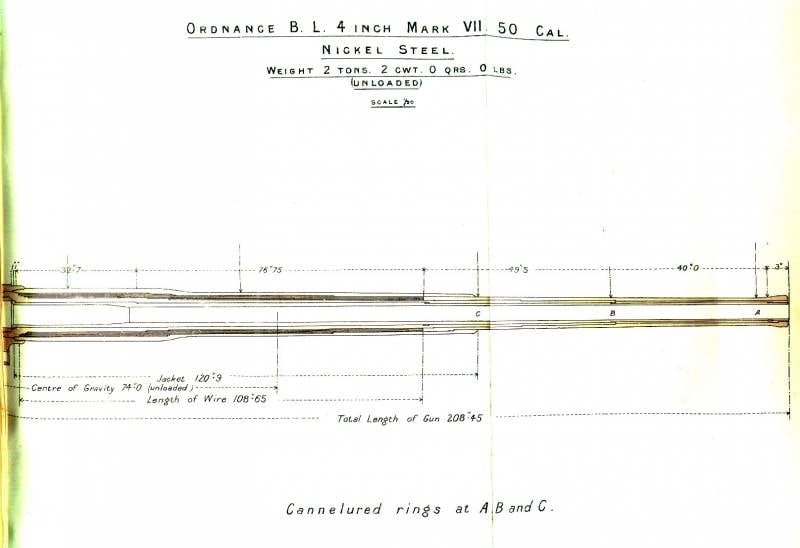
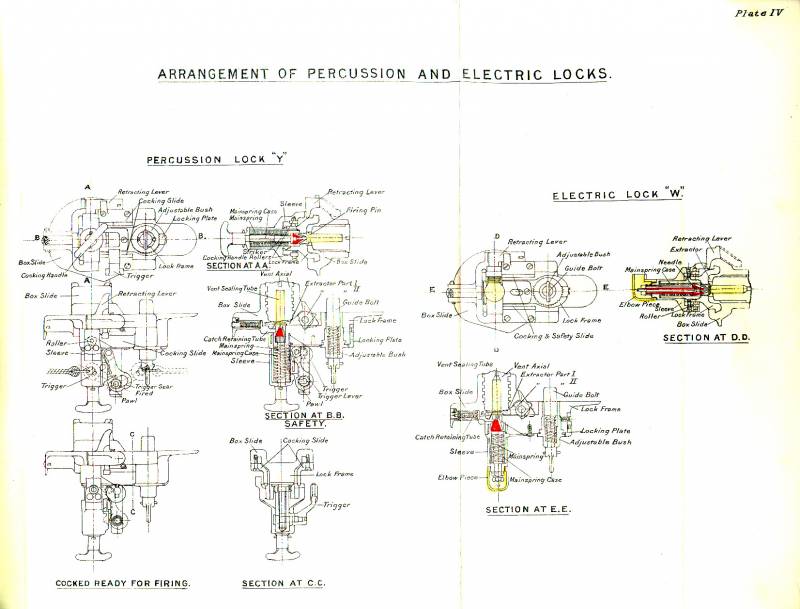
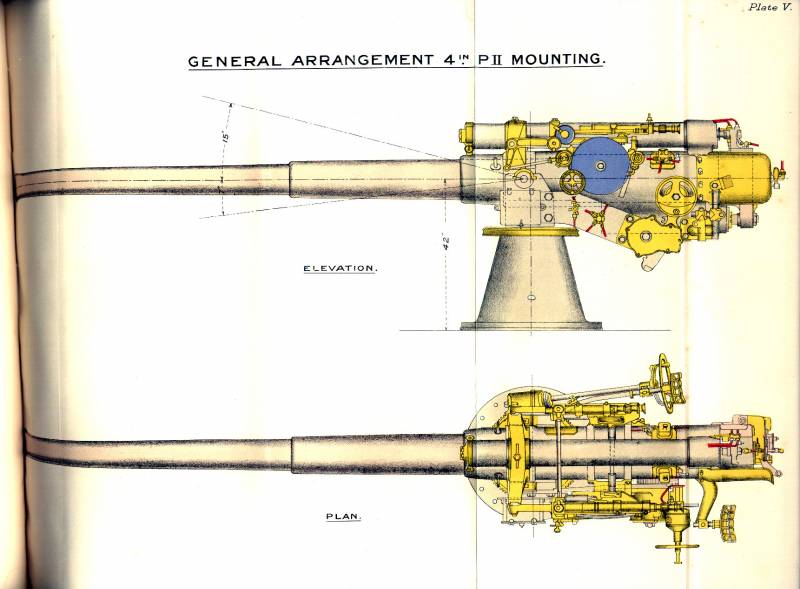

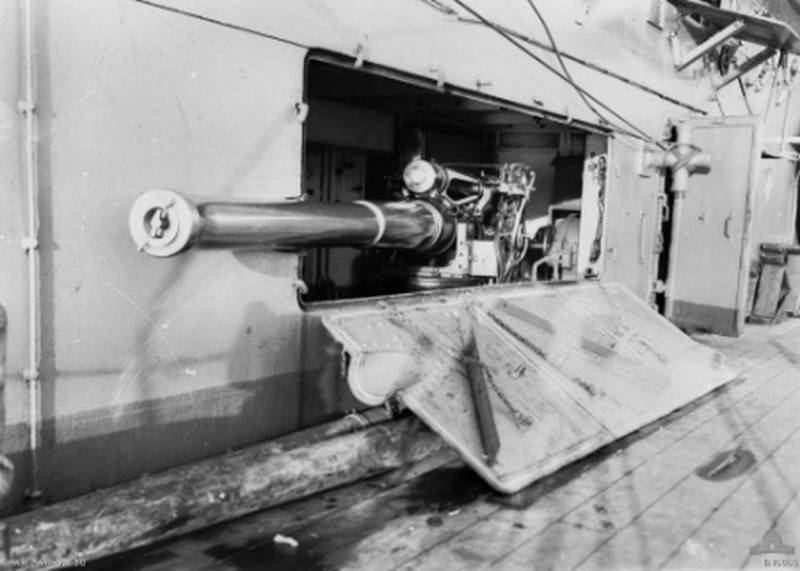
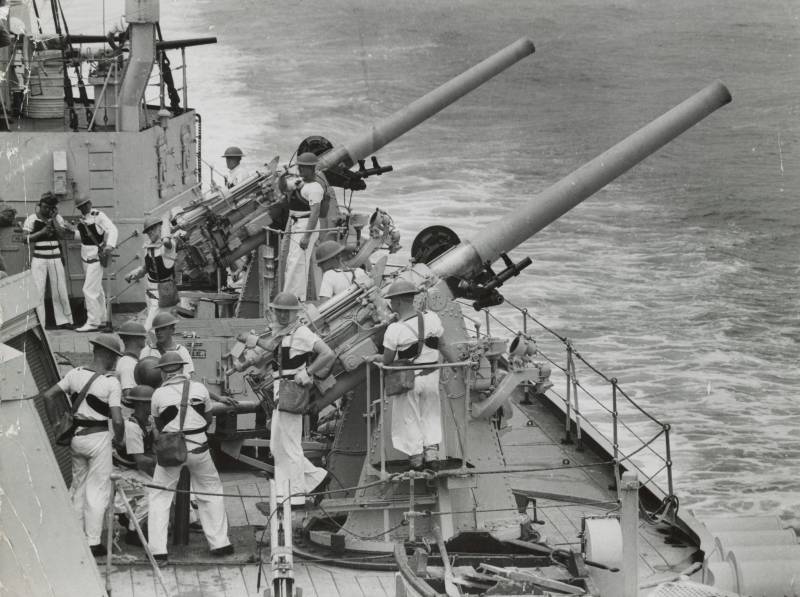
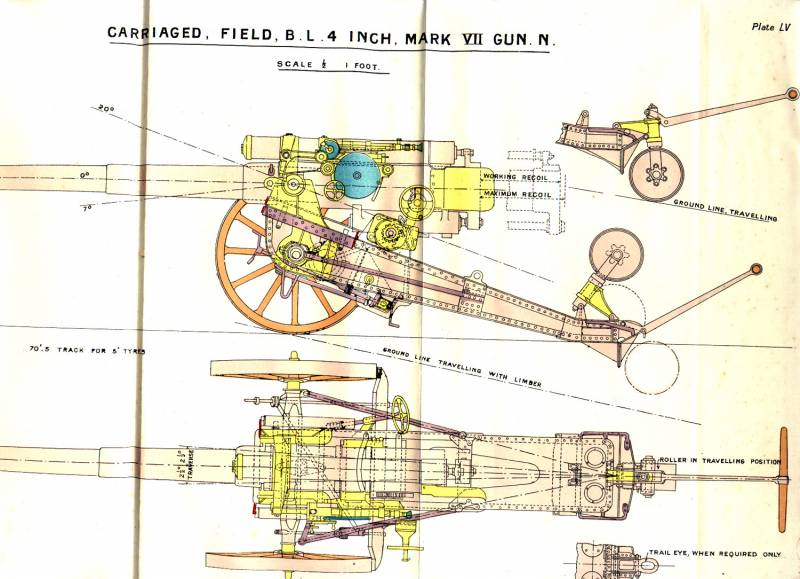
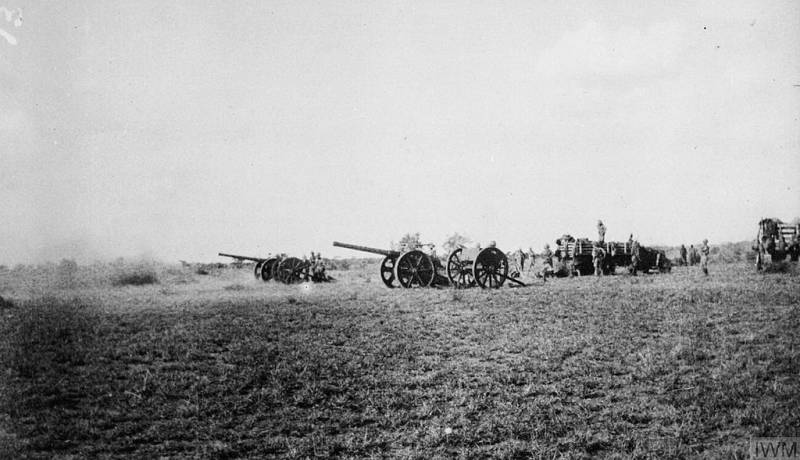
Information